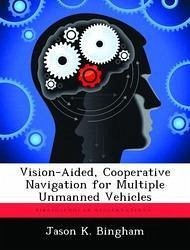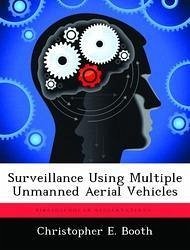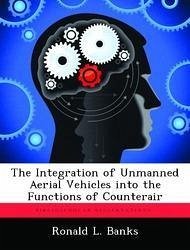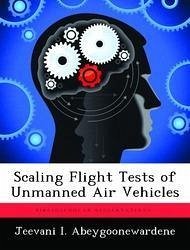Nicht lieferbar

Vision-Aided, Cooperative Navigation for Multiple Unmanned Vehicles
Versandkostenfrei!
Nicht lieferbar
The motivation of this research is to exploit three attributes of increased unmanned vehicle use for intelligence, surveillance, and reconnaissance missions. These attributes are: increased numbers of unmanned vehicles, on-board vision, and wireless communications. The research begins with the development of a cooperative navigation system based on the measurement of vehicle position relative to shared landmark position estimates. Each vehicle in the network locates landmarks using it's on-board vision system and transmits the data to all other system vehicles. After receiving data from the ot...
The motivation of this research is to exploit three attributes of increased unmanned vehicle use for intelligence, surveillance, and reconnaissance missions. These attributes are: increased numbers of unmanned vehicles, on-board vision, and wireless communications. The research begins with the development of a cooperative navigation system based on the measurement of vehicle position relative to shared landmark position estimates. Each vehicle in the network locates landmarks using it's on-board vision system and transmits the data to all other system vehicles. After receiving data from the other vehicles, the system fuses the landmarks with on-board measurements using a federated filter architecture. Simulations of the cooperative system, with and without ranging, are compared to a non-cooperative simulation. The comparison is performed using four platform motion scenarios: stationary, linear, angular, and full motion. The simulation results demonstrate position error estimate improvements of 0.5cm to 1cm. Additionally; the stationary and linear motion scenarios demonstrate attitude observability difficulties eliminated by the introduction of angular motion.









